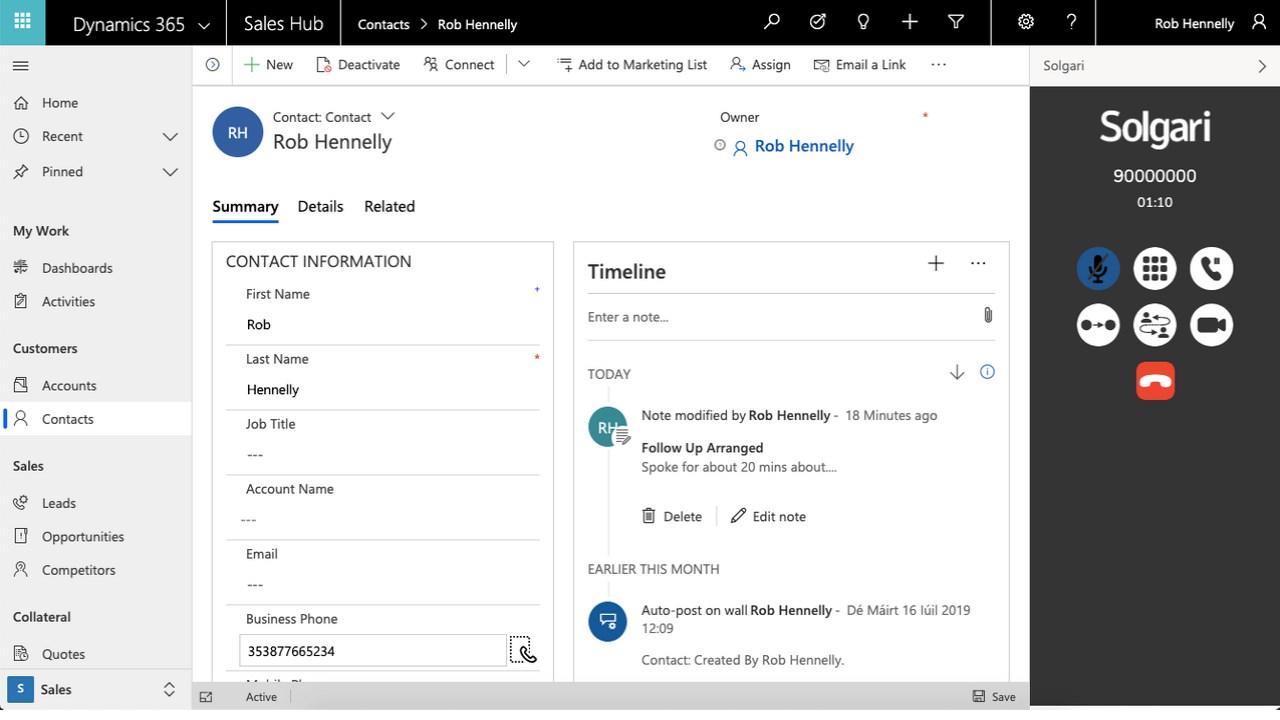Last week I shared a post about the Channel Integration Framework 1.0 ( https://thecrm.ninja/omnichannel-the-channel-integration-framework-i/), where I introduced what CIF actually is, and how it was originally launched.
I was somewhat naughty – I ended the post on a slight teaser note. See, as I mentioned there, CIF 1.0 was all about allowing channel widgets from providers to integrate with what we refer to as ‘model-driven apps’. Eg Accounts, Contacts, etc, which are all ‘single session’ entities within Dynamics 365 (ie that a single channel is being used, like a phone call). It was never designed to support ‘multi session’ apps, which is what Omnichannel is all about (ie the ability to have multiple ‘conversations’ going on at the same time, regardless of the channel in which they’ve come in on).
This is why in 2019, Microsoft was working on the next version of CIF – 2.0! Imaginatively named, of course. The aim was to take the general concepts from CIF 1.0, and apply them to be able to be used with multi-session applications. Obviously at this point in time, the ONLY multi-channel application is….OMNICHANNEL!
Incidentally it’s important to note that any communication widget built on CIF 1.0 will continue to work. Microsoft is not removing the 1.0 APIs, as they’re still needed to support interfacing with single-session apps
So, what’s new (and improved) with CIF 2.0:

- The ability to have multiple communications happening at the same time, through either the same channel, or multiple channels
- The ability to have multiple third-party provider solutions. You could have Provider A for telephony, and right alongside it Provider B for SMS
- Different modes for the widgets, which can be adjusted per session launched. It’s now possible to have them set to be docked in the interface, minimised to a smaller size (to give agents more screen space to work with) or hidden (where it’s running in the background). Agents are able to switch between docked & minimised modes
This is all really exciting. It will allow companies to mix and match solutions based on their actual requirements, rather than having to settle for a single solution provider that may not actually be everything that they’re wanting.
Note: With an eye to data security and things like GDPR, information, data & events for support sessions will only go to the provider for the channel that the session is coming through. They don’t have access to any other session/s that are happening
One of the other main features that comes with CIF 2.0 are the channel analytics. With CIF 1.0, all of the interactions are surfaced into the Dynamics 365 app, but are actually running on the provider’s system (in the background). Data can of course be exchanged between them, but there’s no real ability to perform analytics of what’s going on (especially as it’s only a single channel)

In order to get the full insight into what support agents are actually doing, along with seeing the performance of the support centre, it’s necessary to be able to see information across all of the following:
- CRM data (itself). This covers the actual data of the customers, communications with them (eg activities and cases), their history over time, etc – all of this is stored in the underlying CDS
- Agent Behaviour. How the agent handles the session – what they do before, during and after they’ve helped the customer
- Communication data. How the customer has contacted the company now, how they’ve done so in the past, their experience, etc.
So how exactly does Channel Analytics help with things? Well, what it does is:
- Provides APIs to bring the conversation data into CDS
- Along with the APIs, it has a standardised schema for how the analytical data will be stored
- Brings in a standardised scheme for how all of the data points shown above will be correlated together
- Extendable – you can bring in your own KPIs and other data to best suit your needs.
With all of this now being available through CIF 2.0, it’s possible to carry out really advanced analytics, crunch the data using a tool such as PowerBI, and other things. It’s also possible, of course, to configure real-time dashboards as well as alerts to cover any issues that may come up.
Benefits of this of course include:
- Identifying root causes of anomalies, help with audit reports, and tracking KPI’s
- Help with predictive insights for volume of requests, and where to best focus resources
- See customer satisfaction & average handling times to resolution, along with on-going customer sentiment
So in summary, this is really great. I’ve actually now started to speak with different companies who have ISV solutions that are going to be on CIF 2.0, and will be writing about them in the near future as well.




